In a remarkable find that adds a new chapter to New Jersey’s distinguished Revolutionary War history, the 245-year-old remains of a group of soldiers have been found in a field in Gloucester County near the site of a key battle in the nation’s fight for independence.
An archeological dig just outside Red Bank Battlefield Park uncovered the skeletal remains of up to 12 individuals — believed to be Hessian soldiers fighting for Great Britain against the Continental Army — who were killed during a battle in 1777, according to Rowan University officials who help coordinate the excavation.
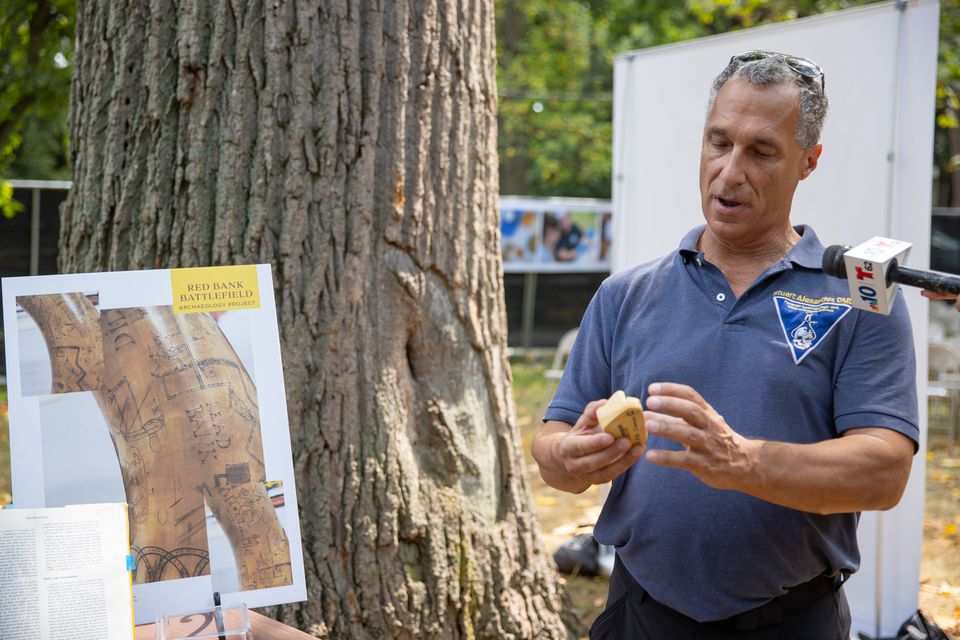
They also uncovered a wide range of other items, including musket balls, brass buttons, a uniform knee buckle containing human blood, and a King George III gold guinea that would have been the equivalent of a soldier’s monthly pay, officials said.
The recovery effort began with the June 26 discovery of a human femur bone on the fourth and final day of a public dig that attracted more than 100 people who wanted to help excavate the site, university officials said.
The bone was found inside a 4 1/2-foot deep trench about 400 yards from the main parking lot of Red Bank Battlefield Park along the Delaware River in the borough of National Park. The trench extends onto an adjoining, quarter-acre site that was acquired by Gloucester County in 2020 and had not been thoroughly explored by archeologists.

The discoveries will broaden the awareness of the 44-acre, county-owned park’s significance, the Battle of Red Bank and the sacrifices of Revolutionary War soldiers, according to Red Bank Battlefield Park director Jennifer Janofsky.
“Too often, the revolution is viewed as a sanitized event. It’s one thing to discuss the battle in the abstract. It’s another to witness firsthand the violence of that day,” Janofsky, who is also the public historian at Rowan University, said in a press release.
“We now have the opportunity to work with our visitors to understand the emotion, pain, loss — and absolute horror — of war,” Janofsky said.
All of the remains have been excavated and turned over to the New Jersey State Police’s Forensic Unit, which has been extracting DNA from the newly discovered bones and teeth. The forensic scientists hope to identify some, or perhaps all, of those who were lost on the battlefield 245 years ago, Janofsky said.
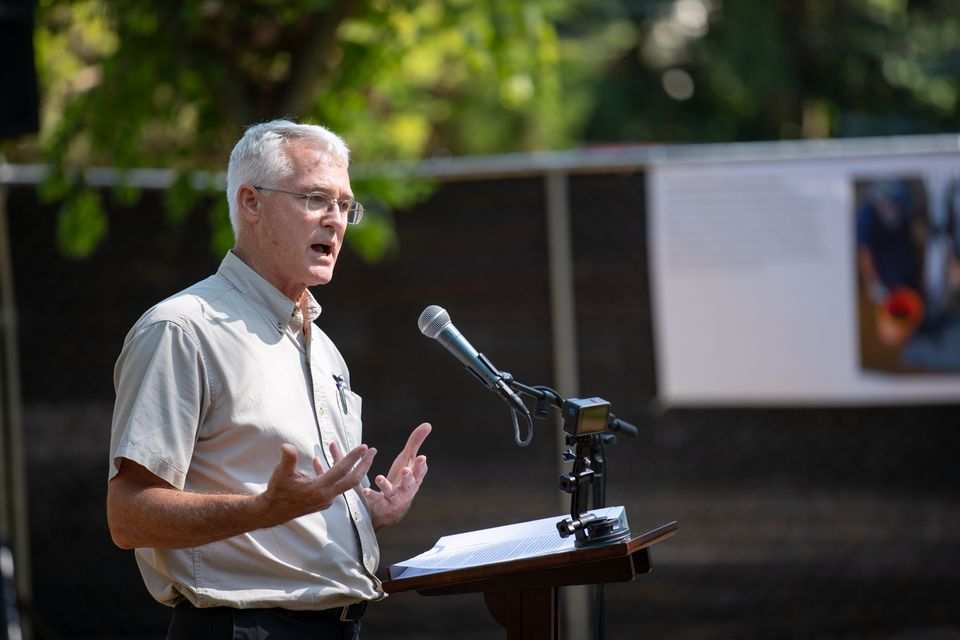
“If we can extract their stories, and if we can tell their stories, it lets us put a name to a face. And that, to me, is a very powerful moment in public history,” Janofsky said.
The Battle of Red Bank was a crucial victory for the Continental Army, in which an outnumbered group of colonists beat back an effort to capture Fort Mercer. Of the 2,000 Hessian soldiers, 377 were killed, while the victorious Continental Army only lost 14 of its 500 troops.
In a 7-minute video released by Rowan on Tuesday, Janofsky described the Battle of Red Bank “as the greatest upset victory of the American Revolution.”
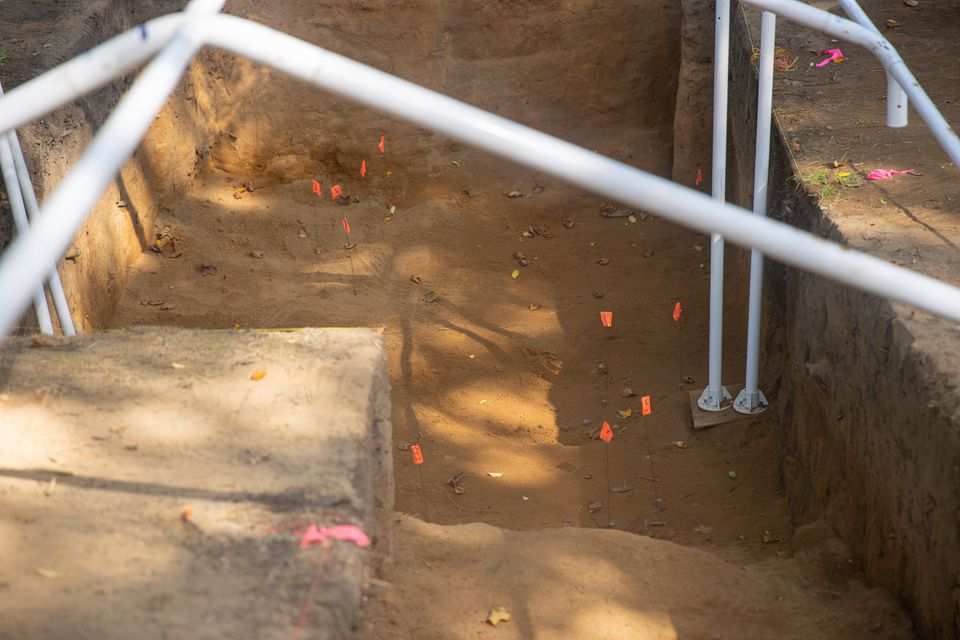
“The fort was of vital importance in 1777. Fort Mercer and Fort Mifflin in Philadelphia were charged with keeping the British supplies out of Philadelphia, so they were here to keep the supply lines from going into the city,” she added.
Of the 500 colonists fighting in the battle, approximately 10 percent were Black.
“You had a fully integrated fighting force at the Battle of Red Bank. Side by side, people of African descent with white soldiers defended this fort,” Janofsky said in the video.
They were fighting against British forces that included Hessians, who were German soldiers who fought along side King George III’s troops and had a key role in may Revolutionary War battles.

Though the British eventually captured the site a month later after the colonists retreated, the delay slowed the shipment of supplies up the Delaware River to Philadelphia and offered some breathing room for Gen. George Washington’s army, which was stationed near the city.
Officials emphasized that the remains were removed in a manner aimed at preserving the dignity of those killed in battle.
“Based on everything we’ve found and the context of what we’ve found, these appear to be Hessians. We will do more research on that, but, right now, our working hypothesis is that these are Hessian soldiers,” Wade Catts, president and principal archaeologist for South River Heritage Consulting of Delaware, said in a press release.
Catts led the archaeological dig of the site of the site.
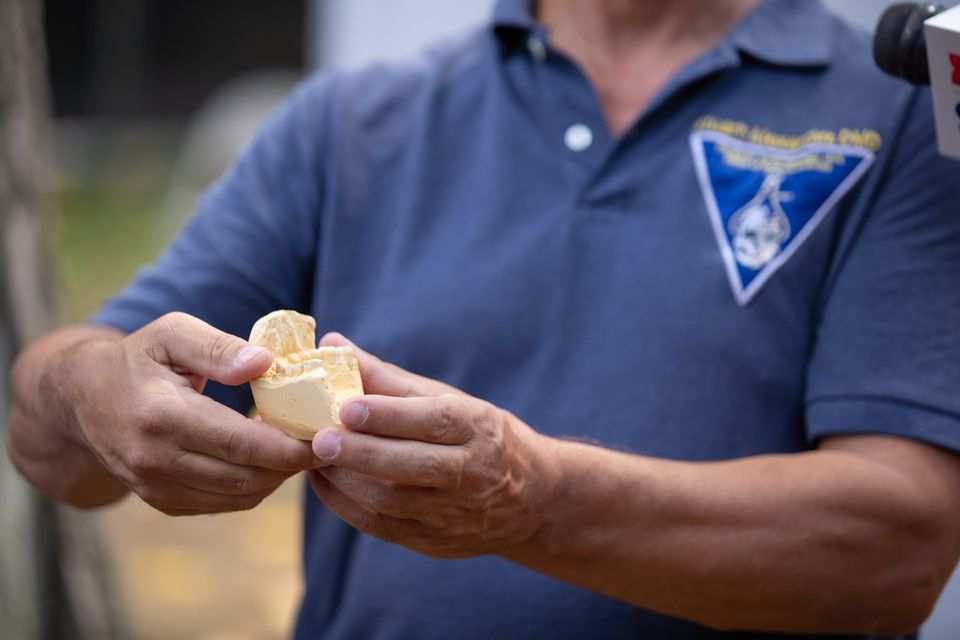
James Lewis, department head for the North Jersey History & Genealogy Center, told NJ Advance Media he had not heard of any other Revolutionary War-era skeletons being unearthed recently in New Jersey. But the discovery at the Red Bank battle site did not surprise him.
“It’s been said there was more fighting done in New Jersey than in any other of the original 13 states,” Lewis said.
A $19,000 New Jersey Historical Commission project grant, secured by Janofsky last year, funded the initial archaeological survey of the trench, along with a public education and outreach program. Gloucester County allotted $30,0000 for the second phase of the project.
There have been other unexpected finds from the Battle of Red Bank over the years. Part of a British cannon, weighing up to 400 pounds, was located two feet underground in 2015 by researchers using ground-penetrating radar. It was identified as a British canon because it had a broad arrow insignia used by the British Royal Navy, officials said.
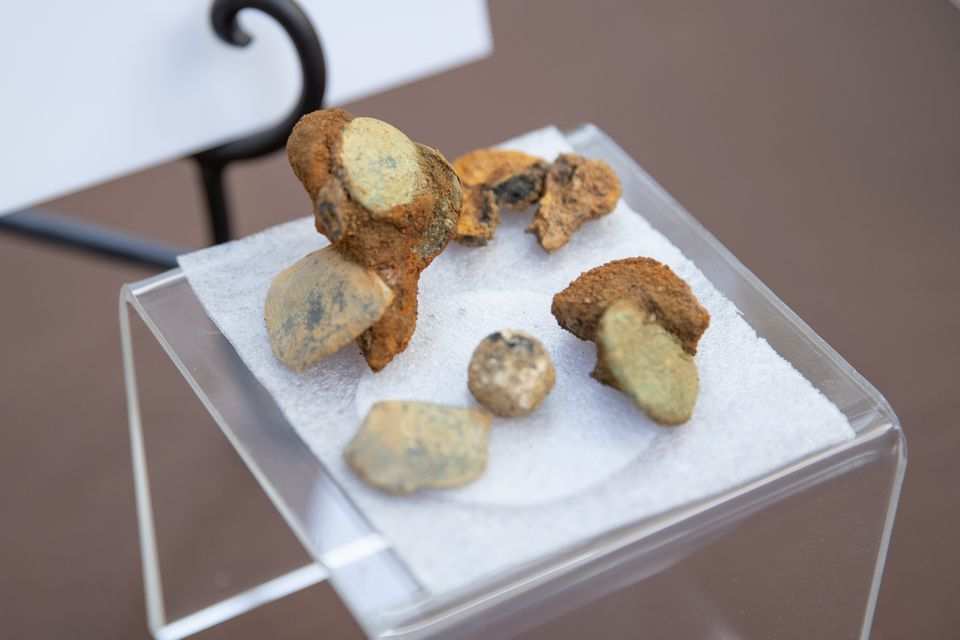
Janofsky said once the study of the finds is complete the remains of the soldiers will eventually be reinterred at another site.
The trench at some point will be refilled and the land will be incorporated into the park.
“History is an ongoing process,” Janofsky said.
“It’s not like we’ve written the Battle of Red Bank and we know everything that happened. Archaeology is helping us better understand what happened on the battlefield. Now, we have a better opportunity to tell a more complete story of these individuals,” she added.
___
© 2022 Advance Local Media LLC
Distributed by Tribune Content Agency



